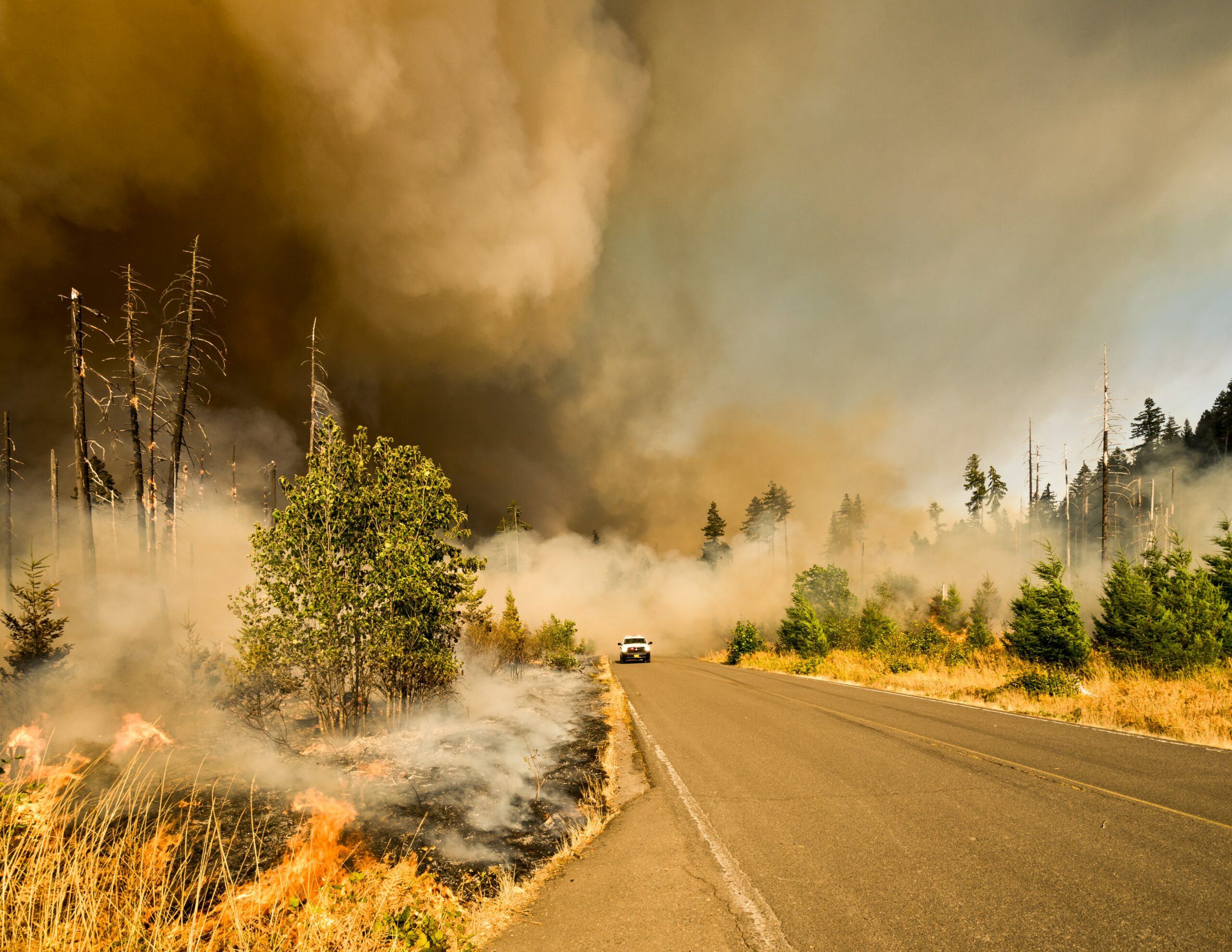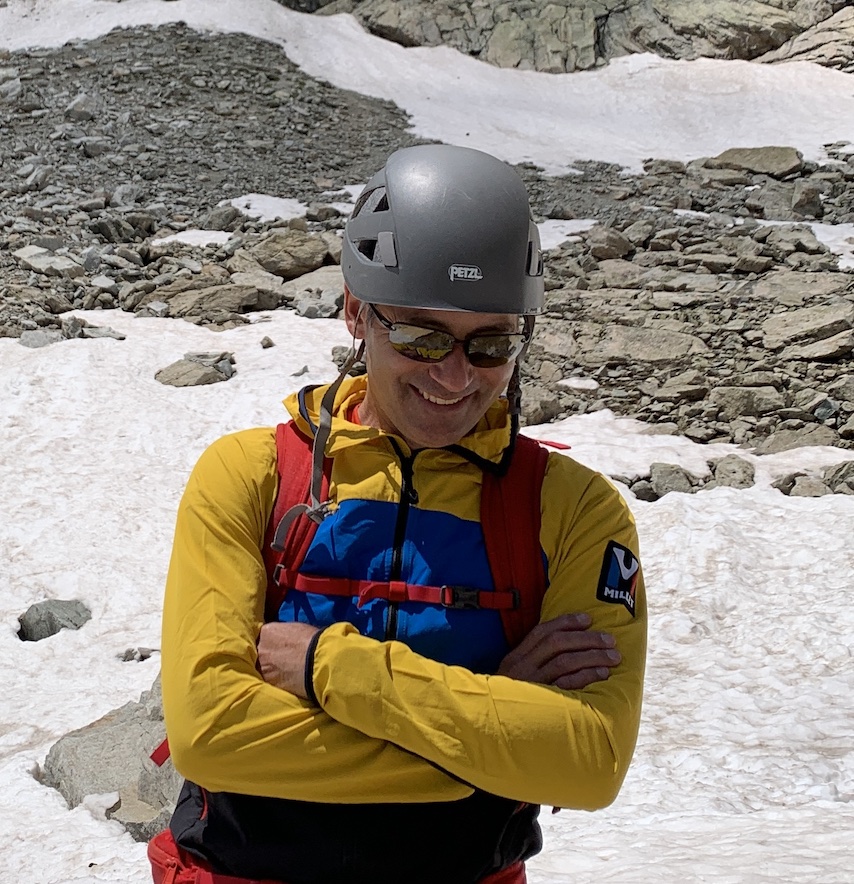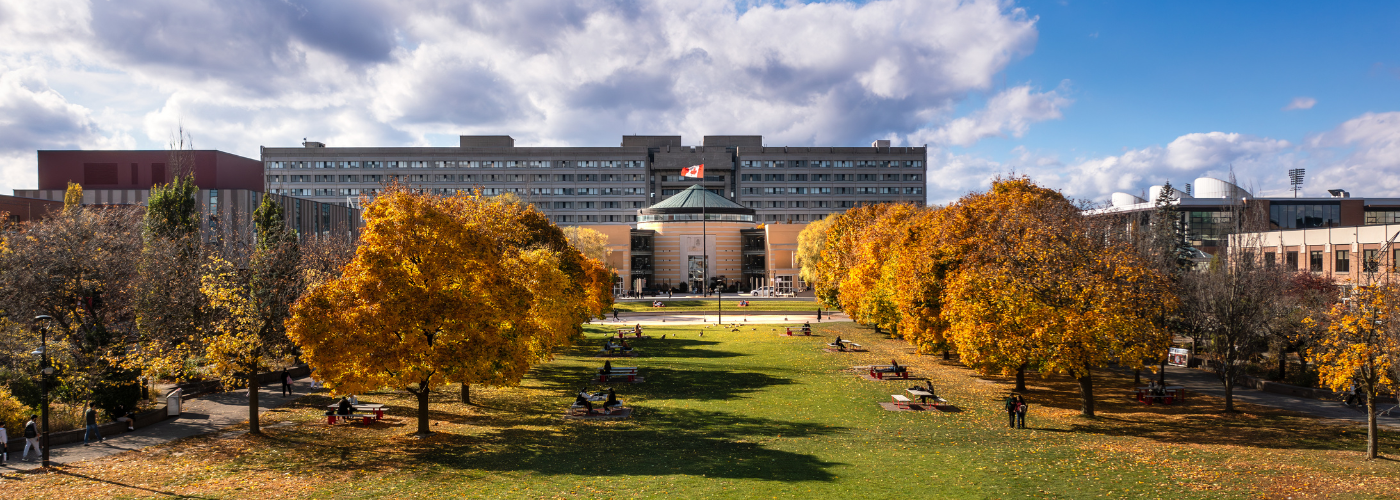
Are we using the right tools to assess risks of wildfires to health?
Microvasculature is an under researched aspect of effect on cardiovascular system, say York University kinesiologists, who can give interviews in English and French
TORONTO, August 23, 2023 – As wildfires continue to have devastating impacts in communities around the world and here in Canada, a team of researchers from York University say our current understanding of potential long-term health risks from particulate matter (PM) exposure are limited and mostly ignore the microvascular system.
A network of tiny arterioles and capillaries, the microvascular system may be just as important as the heart, lungs and arteries when it comes to understanding the health dangers of PM resulting from forest fires.
Emilie Roudier and Olivier Birot, professors with York’s School of Kinesiology and Health Science in the Faculty of Health, spent a portion of their summer on the French Island of Corsica in the Mediterranean, where summer wildfires are common. They have created a partnership with the CNRS Wildland Forest Unit at the University of Corsica Pasquale Paoli (UCPP) and Corsican fire authorities to further their research and recently released a paper outlining the challenges posed by this kind of study on a population level, calling for a rethink to how it’s approached.
“While it’s understandable that initial attention focuses on the immediate impacts of losses and casualties after a wildfire, we know that there are also longer-term impacts from exposure to particulate matter pollution – but it’s a very challenging area of study when it comes to wildfires,” says Roudier, who is leading the research project.

“Firefighters think about lung cancer, because they breathe the smoke, but because the fires are getting higher in temperature, the particulate matter is getting really small, so small that some can reach the bloodstream. The PM are then in the cardiovascular system, they are traveling through our blood vessels. We are questioning whether we are using the right measurements to assess the risk posed to firefighters and the affected population. Having better tools, or additional tools, could hopefully lead to better solutions to mitigate risks.”

The paper notes that in North America, the length of the wildfire season has increased by nearly a fifth in the last 35 years, making the need to answer these questions more pressing. Population growth and development has increased human exposure to wildfire areas, growing the likelihood of both accidental ignition and fire suppression policies that can lead to an accumulation of biomass fuels. While there is a clear link in the literature to PM pollution and cardiovascular disease, linking this to wildfires has been harder to show, given the complexities of studying this on a population level.
Birot, an associate professor who worked as a volunteer firefighter for seven years during his undergraduate and postgraduate studies, teaches a course at York that looks at extreme environments and their effects on health, including PM exposure and exercise.
“This microcirculation is not only important for delivering oxygen and nutrients to our tissues – it is also key for communication exchanges between organs, for example between the working muscle and the brain. And it is also this microcirculation that’s
key to dissipate excess body heat, moving heat for the core of the body to the peripheral skin. So think about wildland firefighters who are engaging in long periods of intense physical activity, in a context where they’re going to produce heat because of their activity. And they are doing that in an environment that is polluted and extremely hot. So you’re combining a lot of stressors,” he says.
The two have obtained samples of PM from wildland fires in Corsica and have started to analyze them back at their lab at York to test their effect on human endothelial cells, which line the inner layer of blood vessels. They are looking for epigenetic biomarkers that could act as early warning systems for those who might be more vulnerable.
A delegation from UCPP will be coming to York in October and Roudier and Birot will head back to Corsica in December to do field work where they’ll collect new PM samples from controlled biomass burning and to expand their collaboration with Corsican fire authorities.
About York University
York University is a modern, multi-campus, urban university located in Toronto, Ontario. Backed by a diverse group of students, faculty, staff, alumni and partners, we bring a uniquely global perspective to help solve societal challenges, drive positive change, and prepare our students for success. York’s fully bilingual Glendon Campus is home to Southern Ontario’s Centre of Excellence for French Language and Bilingual Postsecondary Education. York’s campuses in Costa Rica and India offer students exceptional transnational learning opportunities and innovative programs. Together, we can make things right for our communities, our planet, and our future.
Media Contacts: Emina Gamulin, York University Media Relations and External Communications, 437-217-6362, egamulin@yorku.ca






